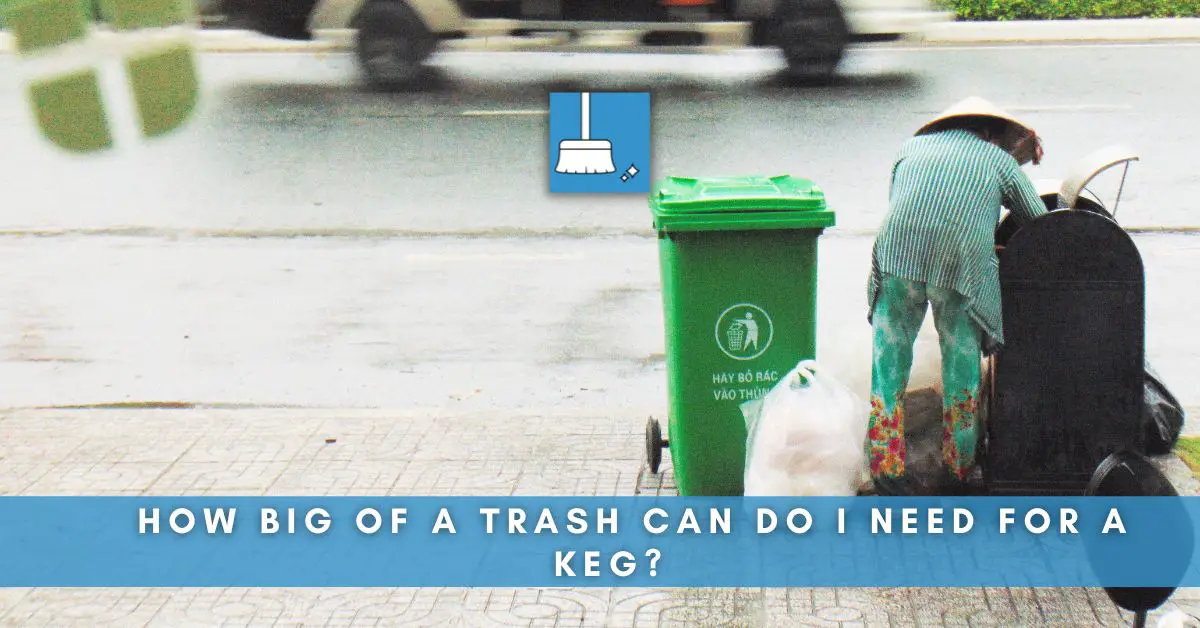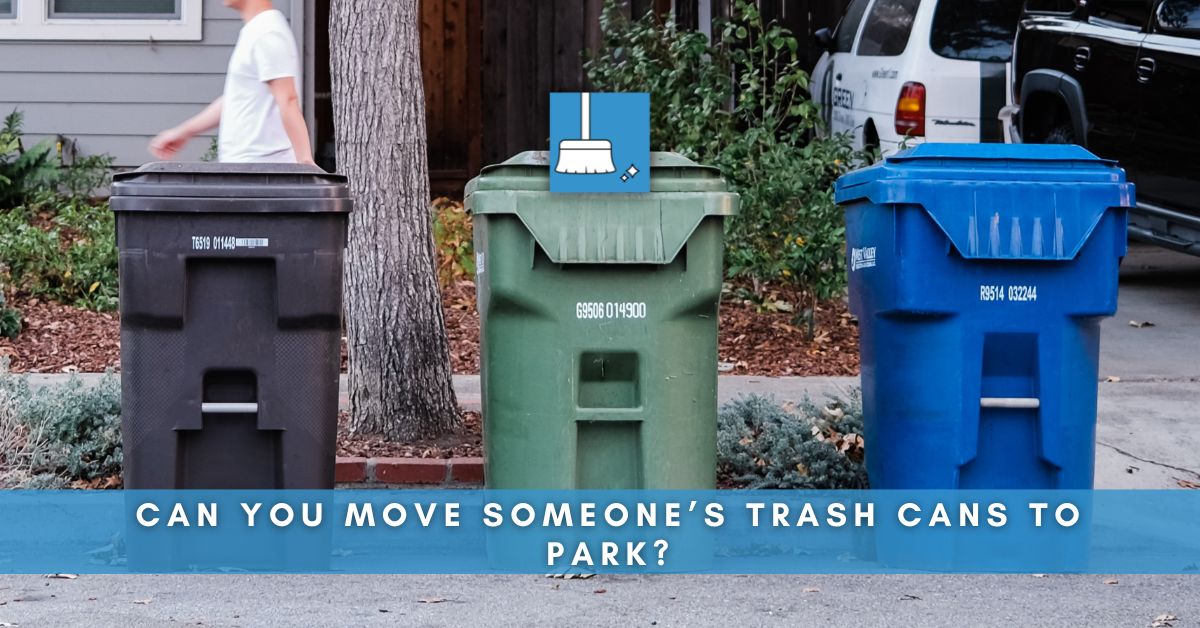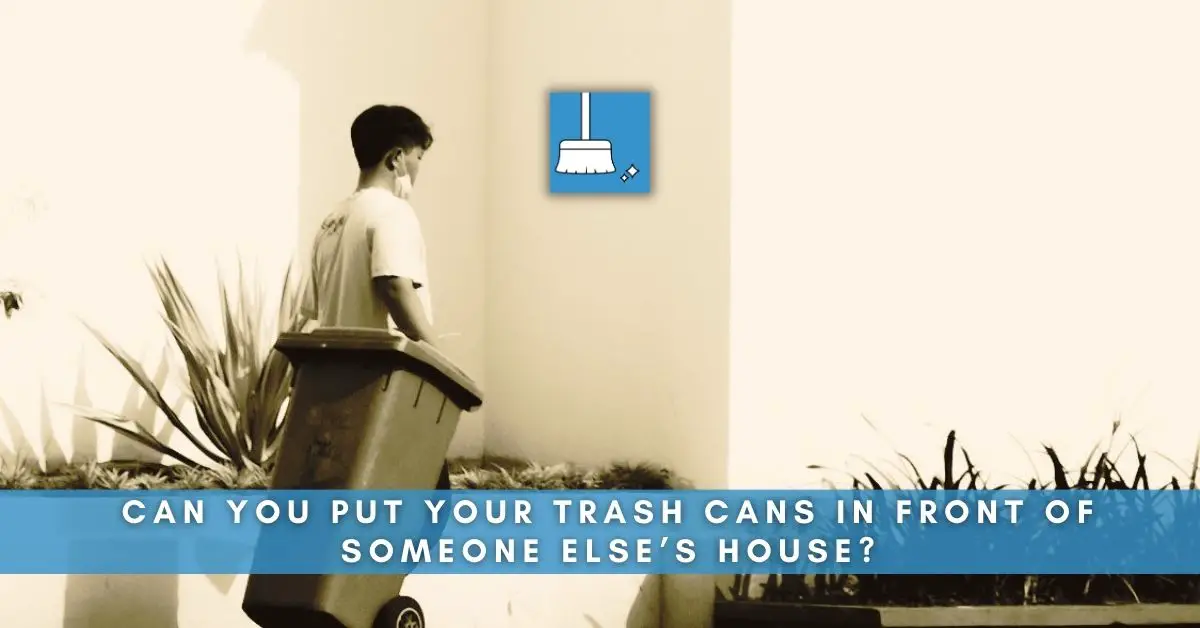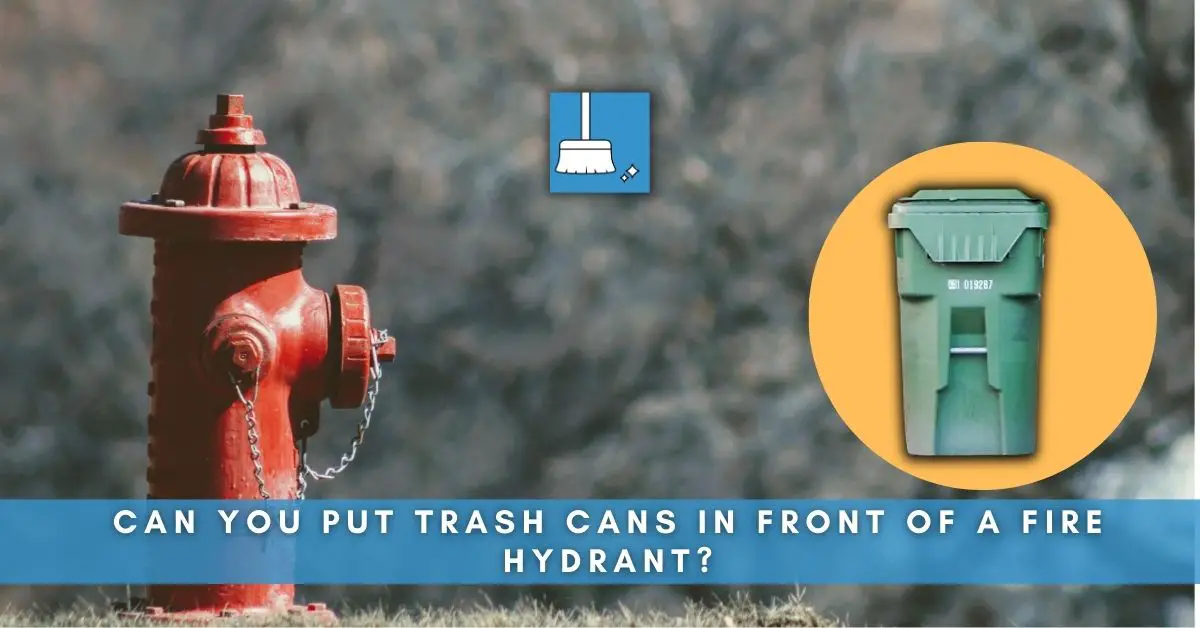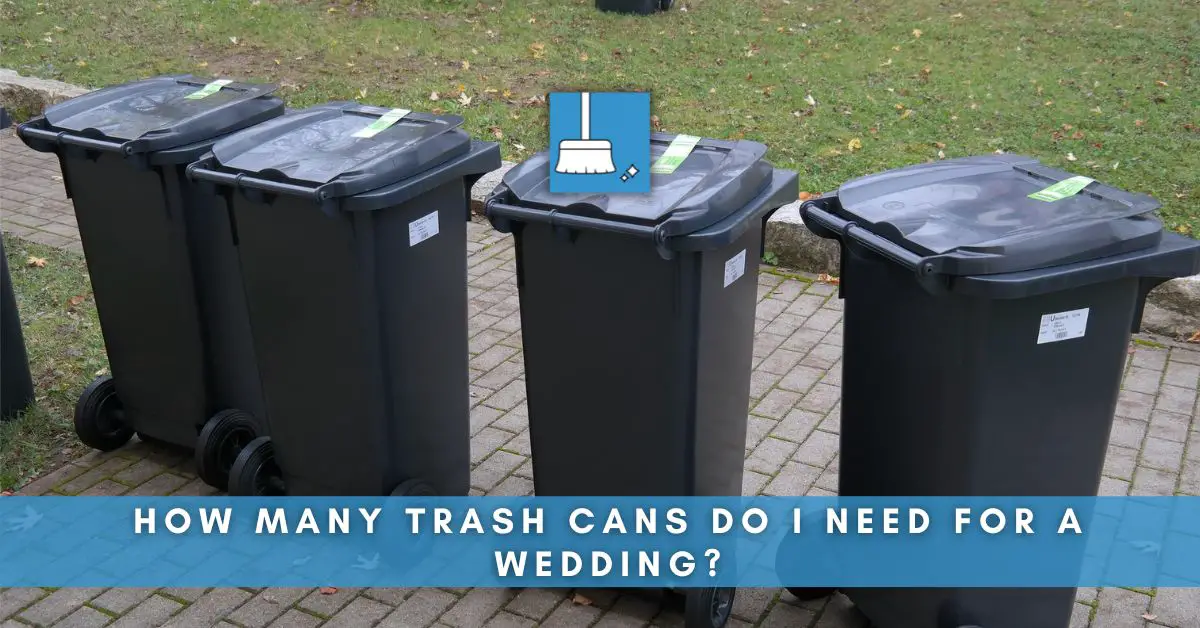We can’t help but notice how fast the trash fills up with leftovers and food scraps. But what if someone suggests using the very same trash can for storing food? You might think they’re completely out of their mind – after all, trash cans are designed to hold garbage, right? Impossible as it may seem, a growing number of people are asking one simple question: “Are trash cans food safe?”
Are Trash cans made of food grade plastic?
Garbage cans, or trash cans, are typically not made from food-grade plastic. This means that they are not intended for storing or processing food, as they may contain chemicals and additives that can leach into the contents.
While some people may use garbage cans for unconventional purposes, such as honey extraction, it is important to assess the safety of the container being used.
Food-grade plastic is specially tested and approved for coming into contact with food while maintaining its quality and safety.
Garbage cans, on the other hand, are designed to hold waste and may not meet these stringent standards. If you need a large food-safe container, it is recommended to source one specifically designed for food storage, such as a fermenting vessel or an NSF-rated storage container. [1]
What makes a trash can food safe?
The key lies in the type of plastic used to manufacture the garbage can. Food-safe plastics include HDPE (high-density polyethylene) and LDPE (low-density polyethylene).
These plastics are generally recognized as safe for food storage and handling. They offer clarity, flexibility, and strength, which make them ideal for creating containers that can be reused and cleaned in a food-safe way.
When looking for a food-safe trash can, it’s essential to check for specific designations, such as NSF (National Sanitation Foundation) ratings or ANSI (American National Standards Institute) standard 61 for drinking water components.
Brands like Rubbermaid Brute offer food-safe trash cans in specific colors, such as grey, white, or yellow, with additional markings indicating their food-safe nature.
Always verify the material and certifications before using a trash can for food storage or processing.
Symbols or Labels that indicate a food safe trash can
These symbols and labels on the product ensure that the trash can meets particular standards and is suitable for contact with food.
A trash can bearing the NSF (National Sanitation Foundation) logo guarantees that it has undergone rigorous testing for sanitation and safety. Products with this certification are more likely to comply with health department rules and maintain food quality.
Another relevant symbol is the UL mark, which indicates that the product meets safety standards set by Underwriters Laboratories.
If the mark also displays the word “Classified” above it, then it complies with both UL and ANSI/NSF regulations. [2]
Food safe Materials for Trash Cans
When choosing a trash can for food storage, it is essential to select one made of food-safe materials.
The Food and Drug Administration (FDA) has approved specific plastics, such as high-density polyethylene (HDPE), low-density polyethylene (LDPE), and polypropylene (PP), for food storage purposes.
These materials are chemical-resistant, have high heat tolerance, and do not contain harmful substances like dyes or additives.
In addition to using food-safe plastic, make sure the trash can you select is designed for easy cleaning and does not contain recycled materials that may present contamination risks. [3]
Are all Rubbermaid Brute cans food safe?
Not all Rubbermaid Brute cans are considered food safe.
While they are all made from the same heavy-duty plastic material, some colors of Rubbermaid Brute trash cans are not suitable for storing food due to the risk of color leaching into the contents.
The food safe Brute cans are typically marked on the bottom with appropriate symbols, listing the specific colors that are suitable for food storage.
As a general rule, it is wise to double-check the markings on the container and consult with the manufacturer if you have any doubts regarding food safety. [4]
Using a non-food grade trash can for honey extraction
It has been a topic of debate among beekeepers whether it is safe to use non-food grade trash cans for honey extraction.
While some argue that all plastic containers can be considered food-safe, others express concerns about potential leaching of chemicals from the plastic into the honey.
The main concern with non-food grade plastic trash cans is their reusability and cleanliness, as these containers may not be designed for repeated use in food processing.
To ensure the safety of the honey produced, it is best to only use food-grade plastic containers that have been certified as safe for food storage. [5]
Dangers of using non-food grade plastic containers for food storage
Using non-food grade plastic containers for food storage can pose significant health risks.
One major concern with non-food grade plastics is their potential to leach chemicals into the food, particularly under varying temperatures and storage conditions.
Such contamination can lead to undesirable changes in the food’s color, odor, and taste, as well as potentially cause harmful effects on human health.
Some of the chemicals in non-food grade plastics, such as phthalates and bisphenols, have been linked to hormone disruption, reduced fertility, and increased risk of certain cancers and developmental issues in children. [6]
Common misconceptions about food safe plastics
One common misconception about food-safe plastics is that all plastics are safe for food storage. This is not true, as various types of plastic have different safety levels, some of which are not FDA-approved for contact with food.
Another misconception is that containers used for non-food items, such as chemicals or paint, can later be repurposed for food storage.
However, once a container has been used for non-food items, its food grade status becomes compromised, rendering it unfit for safe food storage.

